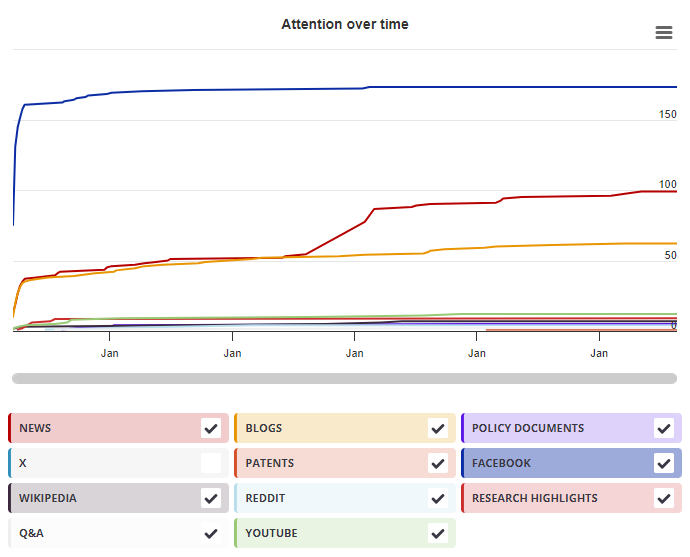| Chapter title |
Joint Segmentation of Multiple Thoracic Organs in CT Images with Two Collaborative Deep Architectures
|
|---|---|
| Chapter number | 3 |
| Book title |
Deep Learning in Medical Image Analysis and Multimodal Learning for Clinical Decision Support
|
| Published in |
Deep learning in medical image analysis and multimodal learning for clinical decision support : third International Workshop, DLMIA 2017, and 7th International Workshop, ML-CDS 2017, held in conjunction with MICCAI 2017, Quebec City, QC..., September 2017
|
| DOI | 10.1007/978-3-319-67558-9_3 |
| Pubmed ID | |
| Book ISBNs |
978-3-31-967557-2, 978-3-31-967558-9
|
| Authors |
Roger Trullo, Caroline Petitjean, Dong Nie, Dinggang Shen, Su Ruan, Trullo, Roger, Petitjean, Caroline, Nie, Dong, Shen, Dinggang, Ruan, Su |
| Abstract |
Computed Tomography (CT) is the standard imaging technique for radiotherapy planning. The delineation of Organs at Risk (OAR) in thoracic CT images is a necessary step before radiotherapy, for preventing irradiation of healthy organs. However, due to low contrast, multi-organ segmentation is a challenge. In this paper, we focus on developing a novel framework for automatic delineation of OARs. Different from previous works in OAR segmentation where each organ is segmented separately, we propose two collaborative deep architectures to jointly segment all organs, including esophagus, heart, aorta and trachea. Since most of the organ borders are ill-defined, we believe spatial relationships must be taken into account to overcome the lack of contrast. The aim of combining two networks is to learn anatomical constraints with the first network, which will be used in the second network, when each OAR is segmented in turn. Specifically, we use the first deep architecture, a deep SharpMask architecture, for providing an effective combination of low-level representations with deep high-level features, and then take into account the spatial relationships between organs by the use of Conditional Random Fields (CRF). Next, the second deep architecture is employed to refine the segmentation of each organ by using the maps obtained on the first deep architecture to learn anatomical constraints for guiding and refining the segmentations. Experimental results show superior performance on 30 CT scans, comparing with other state-of-the-art methods. |

X Demographics
As of 1 July 2024, you may notice a temporary increase in the numbers of X profiles with Unknown location. Click here to learn more.
Geographical breakdown
| Country | Count | As % |
|---|---|---|
| Germany | 1 | 17% |
| United Kingdom | 1 | 17% |
| Unknown | 4 | 67% |
Demographic breakdown
| Type | Count | As % |
|---|---|---|
| Members of the public | 6 | 100% |
Mendeley readers
Geographical breakdown
| Country | Count | As % |
|---|---|---|
| Unknown | 36 | 100% |
Demographic breakdown
| Readers by professional status | Count | As % |
|---|---|---|
| Researcher | 8 | 22% |
| Student > Master | 7 | 19% |
| Student > Ph. D. Student | 6 | 17% |
| Student > Doctoral Student | 2 | 6% |
| Student > Bachelor | 2 | 6% |
| Other | 2 | 6% |
| Unknown | 9 | 25% |
| Readers by discipline | Count | As % |
|---|---|---|
| Computer Science | 13 | 36% |
| Engineering | 6 | 17% |
| Medicine and Dentistry | 3 | 8% |
| Physics and Astronomy | 2 | 6% |
| Agricultural and Biological Sciences | 1 | 3% |
| Other | 2 | 6% |
| Unknown | 9 | 25% |